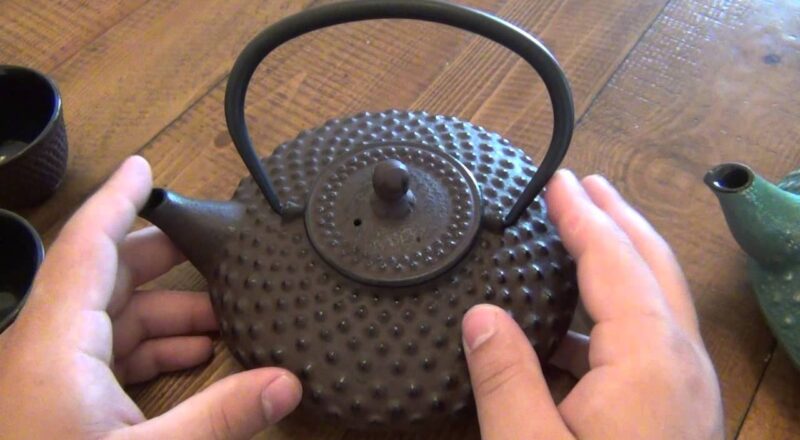For those embarking on their culinary journey, the world of cast iron is filled with marvelous discoveries. One exciting starting point is the well-loved cast iron kettle. Not only is it a quintessential piece of cookware, but when handled properly, it can last generations. Lets delve into the essentials that every beginner needs to know about using a cast iron kettle safely.

The Basics of Cast Iron
Before diving into cast iron kettle safety tips, it’s crucial to understand what makes cast iron unique. Made by melting pig iron and pouring it into a mold, this material is known for its durability and heat retention. However, its robust nature also requires specific handling techniques.
Why Choose Cast Iron?
The choice of cast iron, especially in kettles, comes from its even heat distribution and ability to enhance flavors. Unlike many modern kitchen gadgets, it doesnt alter your food’s taste and can be used on various heating sources, from stovetops to open fires.
Starting with a Safe Foundation
The allure of a hot kettle may make you eager to start, but safety is paramount.
Inspecting Your Kettle
Always begin by examining your kettle for chips or cracks. Even new pieces should be given a thorough look-over to ensure theyre free from defects that could affect both safety and performance.
Seasoning Your Kettle
Although kettles typically come pre-seasoned, giving your kettle an initial seasoning is essential to build up its protective layer. This process includes coating it in a thin layer of cooking oil and heating it.
Safe Use Practices
Heating Your Kettle
Never apply extreme heat suddenly. Cast iron, while resilient, can crack if subjected to rapid temperature changes. Gradually warm your kettle, allowing it to adjust to the rising temperature.
Using on Varied Heat Sources
As you expand your cooking ambitions, your kettle should work seamlessly on diverse heat sources. Whether its a tripod grill or an open fire, adjust heating styles conservatively.
Cleaning and Maintenance
Rinsing and Drying
After each use, rinse the kettle with warm water. Avoid using soap, as it can strip the seasoning. Instead, a simple rinse followed by thorough drying keeps your kettle in prime condition.
Handling Rust
Rust can be a common enemy for cast iron. Keep it at bay by regularly applying a light coat of oil to the kettle post-use. For stubborn rust spots, consider a light abrasive like a bristle pad. More about teapot care can be found here.
Storage Advice
Ideal Conditions
Store your kettle in a dry area to prevent moisture-related rust. If possible, hang it, allowing air to circulate freely. This technique safeguards its surface and keeps it ready for the next use.
Regular Check-Ups
Even when not in constant use, periodically check your kettle. Look for any signs of wear or damage that may need attention.
Advanced Tips for Cast Iron Lovers
Cooking Beyond Water
As you grow more comfortable, experiment with using your kettle differently, like making soups or simple stews. This not only diversifies your repertoire but deepens flavors inherent in cast iron cooking.
Joining a Community
Learning from seasoned enthusiasts can be invaluable. Consider joining forums or community groups where shared experiences and advice enhance your understanding.
For additional inspiration, you might explore top grill brands for further kitchen adventures.
Troubleshooting Common Issues
Addressing Heat Discoloration
Frequent heating might cause discoloration over time. Regular seasoning can help maintain its appearance. Adjusting the heat and learning the nuances of your cooking source can also minimize this issue.

Frequently Asked Questions
How often should I season my cast iron kettle?
To maintain the protective layer, seasoning it once every few uses is recommended, especially after cleaning or prolonged storage.
Can I use dish soap in my kettle?
It’s best to avoid using soap as it can strip the seasoning. Opt for a warm water rinse and thorough drying instead.
My kettle is rusting. What should I do?
Remove rust with a steel wool or bristle brush, and re-season immediately. Regular oiling can help prevent future rusting.
For more detailed instructions, explore this guide on using a cowboy fire pit.
Your journey into the world of cast iron kettles can be as rewarding as the meals you create are delicious. By adhering to these safety tips, you ensure your culinary experience is not just enjoyable, but also safe and enduring. Welcome to a captivating world of flavor, safety, and tradition!
This article contains affiliate links. We may earn a commission at no extra cost to you.

